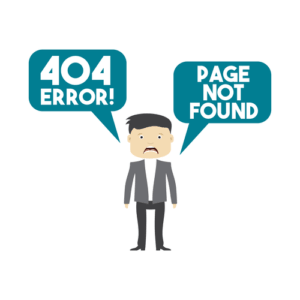
The overall concept for the accounting for asset disposals is to reverse both the recorded cost of the fixed asset and the corresponding amount of accumulated depreciation. Any remaining difference between the two is recognized as either a gain or a loss. The disposal value gain or loss is calculated as the net disposal proceeds, minus the asset’s carrying value.
GST: General Guide for Businesses (PDF, 644KB)
- Therefore, the DDB method would record depreciation expenses at (20% × 2) or 40% of the remaining depreciable amount per year.
- This happens when an asset has reached the end of its useful life and can no longer be used.
- How do you record the disposal of fixed assets in the following example situations.
- This shows that the asset has been fully depreciated (£500m) and disposed of (or scrapped) by removing £500m from the PP&E line.
- The gain or loss is calculated as the net disposal proceeds, minus the asset’s carrying value.
- Some companies may choose to always depreciate an asset to $0 because its salvage value is so minimal.
Take an example of a car you purchased that has an estimated useful life of 12 years. The residual value in the case of investments is determined by subtracting the profit from the investment cost. The concept can be broken down into leased assets and purchased assets.
Common errors on output tax

Companies take into consideration the matching principle when making assumptions for asset depreciation and salvage value. The matching principle is an accrual accounting concept that requires a company to recognize expense in the same period as the related revenues are earned. If a company expects that an asset will contribute to revenue for a long period of time, it will have a long, useful life. This method involves depreciating the asset evenly over its useful life. QuickBooks For example, if an asset is bought for £500m with an estimated useful life of 100 years and a residual value of £300m, the depreciable amount totals £200m. Disposal value is used in accounting according to International Financial Reporting Standards (IFRS) when an entity is accounting for the depreciation of an asset.

Cash Flow Statement

Remember, the goal isn’t to make a perfect prediction (that’s almost impossible) but to make a solid estimate that helps you plan. Whether leasing a car, buying manufacturing equipment, or managing a fleet of vehicles, understanding residual value puts you in a better position to make sound financial decisions. This section explains capital allowances when you sell an asset or give one away. Check how to work out the value after you dispose of an asset that you claimed capital allowances on. Learn about whether you need to charge GST on the sale, disposal or transfer of your business assets by watching the video below.
AccountingTools
A company can also use salvage value to anticipate cash flow and expected future proceeds. The double-declining balance (DDB) method uses a depreciation rate that is twice the rate of straight-line depreciation. Therefore, the DDB method would record depreciation expenses at (20% × 2) or 40% of the remaining depreciable amount per year. This method involves depreciating the asset at twice the rate of the straight-line method. It accelerates the depreciation, meaning more depreciation expense is recognized in the earlier years of the asset’s life. The business receives cash of 2,000 for the asset, however it still makes a loss on disposal of 1,000 which is an expense in the income statement.
CFI’s Course Accounting Fundamentals shows you how to construct the three fundamental financial statements. At the end of its useful life, when an asset becomes unusable, businesses dispose it off at scrap or salvage value. For the past 52 years, Harold Averkamp (CPA, MBA) hasworked as an accounting supervisor, manager, consultant, university instructor, and innovator in teaching accounting online. For the past 52 years, Harold Averkamp (CPA, MBA) has worked as an accounting supervisor, manager, consultant, university instructor, and innovator in teaching accounting online. First, companies can take a percentage of the original cost as the salvage https://www.bookstime.com/articles/tax-shield value.
- It is an important concept because capital assets are essential to successful business operations.
- The residual value for the car will be the car’s value at the end of the lease period.
- The discussed properties of capital assets help differentiate them from ordinary assets.
- It ensures that the financial outcomes of asset disposals are transparently communicated to stakeholders.
- In this section, we delve into the crucial aspect of accurately valuing assets when calculating gain or loss.

If asset disposal proceeds are less than it’s carrying amount, the loss on disposal is realized, which will then be recorded in the general journal. Companies perform asset disposals to remove long-term assets from their accounts to keep them clean, and as part of the overall company strategy. It is useful for financial professionals to understand how it works and how it is recorded to ensure clean accounting.
